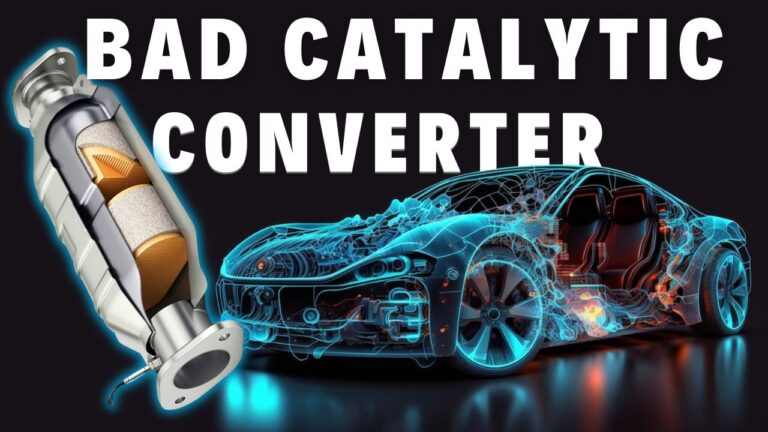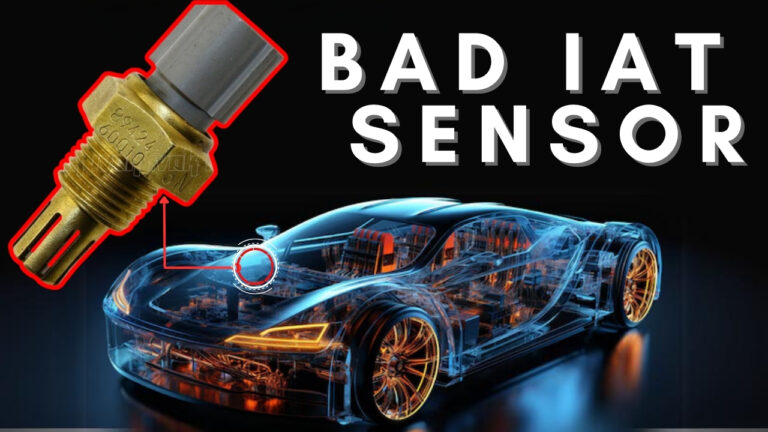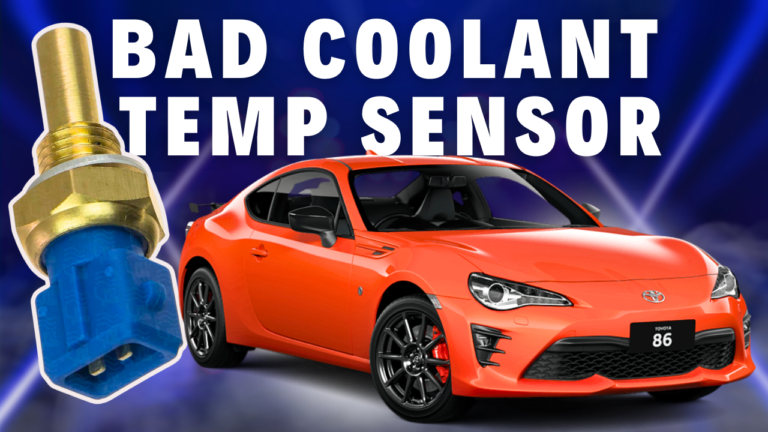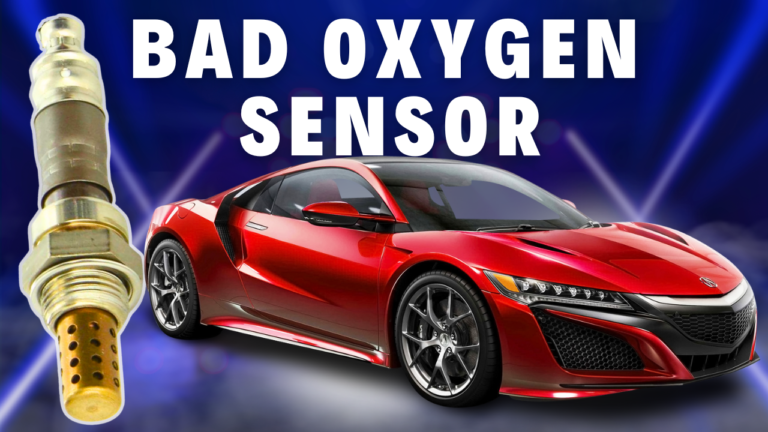The brake booster serves a crucial role in reducing the force required when applying the brakes. However, like any component, even vacuum brake boosters can deteriorate over time. After years of use, the diaphragm may rupture or the check valve might develop leaks, leading to a loss of power assist.
How does the Brake Booster work?
The vacuum brake booster operates by utilizing vacuum to assist in applying the brakes. Vacuum is provided either by the engine or by a pump, as in the case of diesel engines. The booster consists of a vacuum chamber and an atmospheric pressure chamber separated by a diaphragm. When you press down on the brake pedal, the atmospheric pressure chamber exerts pressure on the diaphragm. This pressure on the diaphragm is then used to amplify the force applied to the pedal, making it easier to engage the brakes[1]. As a result, the brake booster enhances braking efficiency and reduces the amount of physical effort required by the driver.
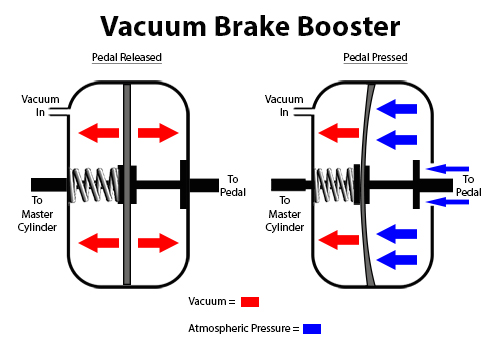
Where Is the Brake Booster Located?
The brake booster is located in the engine compartment bay, typically mounted on the firewall.
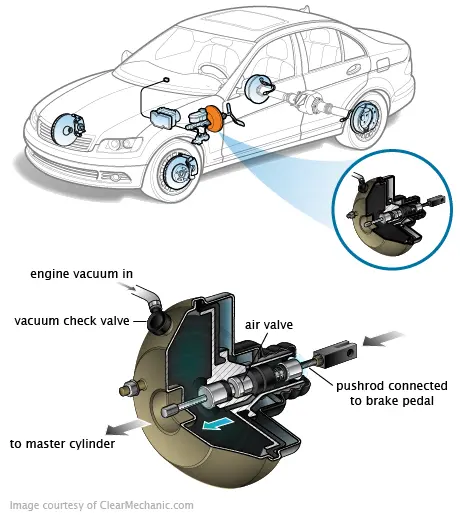
Is it Safe to Continue Driving with the Bad Brake Booster?
While the brakes may still function with a bad brake booster, it is unsafe to continue driving your vehicle under such conditions. A faulty brake booster requires the driver to apply much more force to the brake pedal in order to stop the vehicle, which can significantly increase stopping distances and compromise overall braking effectiveness. Therefore, it is recommended to address any issues with the brake booster promptly and avoid driving until it has been repaired or replaced.
Bad Brake Booster Symptoms
A malfunctioning brake booster can manifest in various symptoms, indicating potential issues with the vehicle’s braking system:
- Stiff Brake Pedal: A stiff brake pedal can result from a torn diaphragm in the brake booster. When the diaphragm is damaged, it cannot create the necessary vacuum force to assist in moving the master cylinder push rod. As a result, the driver must exert more effort to depress the pedal, leading to increased pedal stiffness and difficulty in braking.
- Check Engine Light: A dysfunctional brake booster can lead to a vacuum leak, allowing unmetered air to enter the engine. This disrupts the air-fuel ratio, resulting in a lean mixture with more air than fuel during the combustion process. The engine control unit may detect this imbalance and trigger the check engine light. Additionally, a lean condition can cause random misfires, further exacerbating engine performance issues.
- Engine Stalling: When you press down on the brake pedal, atmospheric pressure enters the brake booster. If the diaphragm is torn, air will leak through it and into the engine. This additional air can disrupt the air/fuel ratio, leading to engine stalling or rough idle conditions.
- Hissing Noise: A constant hissing noise may be heard when pressing down on the brake pedal. This occurs when the diaphragm inside the brake booster is torn, allowing air to pass through. If you hear a hissing noise without pressing down on the brake pedal, it may indicate a faulty brake booster plunger seal.
- Longer Braking Distance: If the brake assist in your car fails, you’ll need to exert more force to engage the brakes. Consequently, it will take significantly longer for your car to come to a complete stop.
What Causes the Malfunction of Bad Brake Booster?
Causes of a Faulty Bad Brake Booster
- Normal Wear and Tear: Over time, the diaphragm, hoses, and connections of the brake booster may experience wear and tear, leading to malfunctions.
- Master Cylinder Leak: If the brake master cylinder is leaking fluid into the brake booster, it can cause damage to the diaphragm and other components. Brake fluid has a corrosive effect on rubber materials, potentially causing holes and ultimately leading to booster failure.
- Broken Brake Booster Spring: The vacuum brake booster incorporates a spring that is responsible for returning the brake pedal to its original position after the driver releases pressure. If the brake pedal fails to return to its normal resting position, it could indicate a broken spring within the brake booster.
How To Test Brake Booster?
Testing the Brake Booster can be done using following method:
- Check Brake Booster:
- Shut off the engine.
- Pump the brake pedal approximately three times until it becomes firm. This action helps discharge the brake booster.
- Hold down on the brake pedal firmly and then start the engine. If the brake pedal moves down slightly after starting the engine, it indicates that the brake booster is functioning properly. However, if the pedal remains in its position without any movement, it suggests a potential failure in the brake booster.
- Shut off the engine.
Other Issues That Exhibit Similar Symptoms as a Bad Brake Booster
When a car exhibits the symptoms mentioned above, and the Brake Booster has been checked and found to be in working order but the issue persists, it’s essential to inspect the other components of the braking system.
- Malfunctioning brake master cylinder: If the brake master cylinder is faulty or failing, it can also cause symptoms like a stiff brake pedal and longer braking distances. Issues with the master cylinder can affect the hydraulic pressure in the braking system, leading to reduced braking performance.
- Contaminated Brake Fluid: Contaminated or deteriorated brake fluid can cause problems with brake performance, including a spongy or unresponsive brake pedal. If the brake fluid becomes contaminated with moisture, dirt, or other impurities, it can affect the operation of various components in the braking system, including the brake booster.
- Disconnected hose: A disconnected or damaged brake hose can result in a loss of brake fluid pressure, leading to symptoms similar to those of a bad brake booster. If there is a leak or disconnect in the brake hose, it can compromise the hydraulic pressure in the braking system, affecting brake performance and pedal feel.

